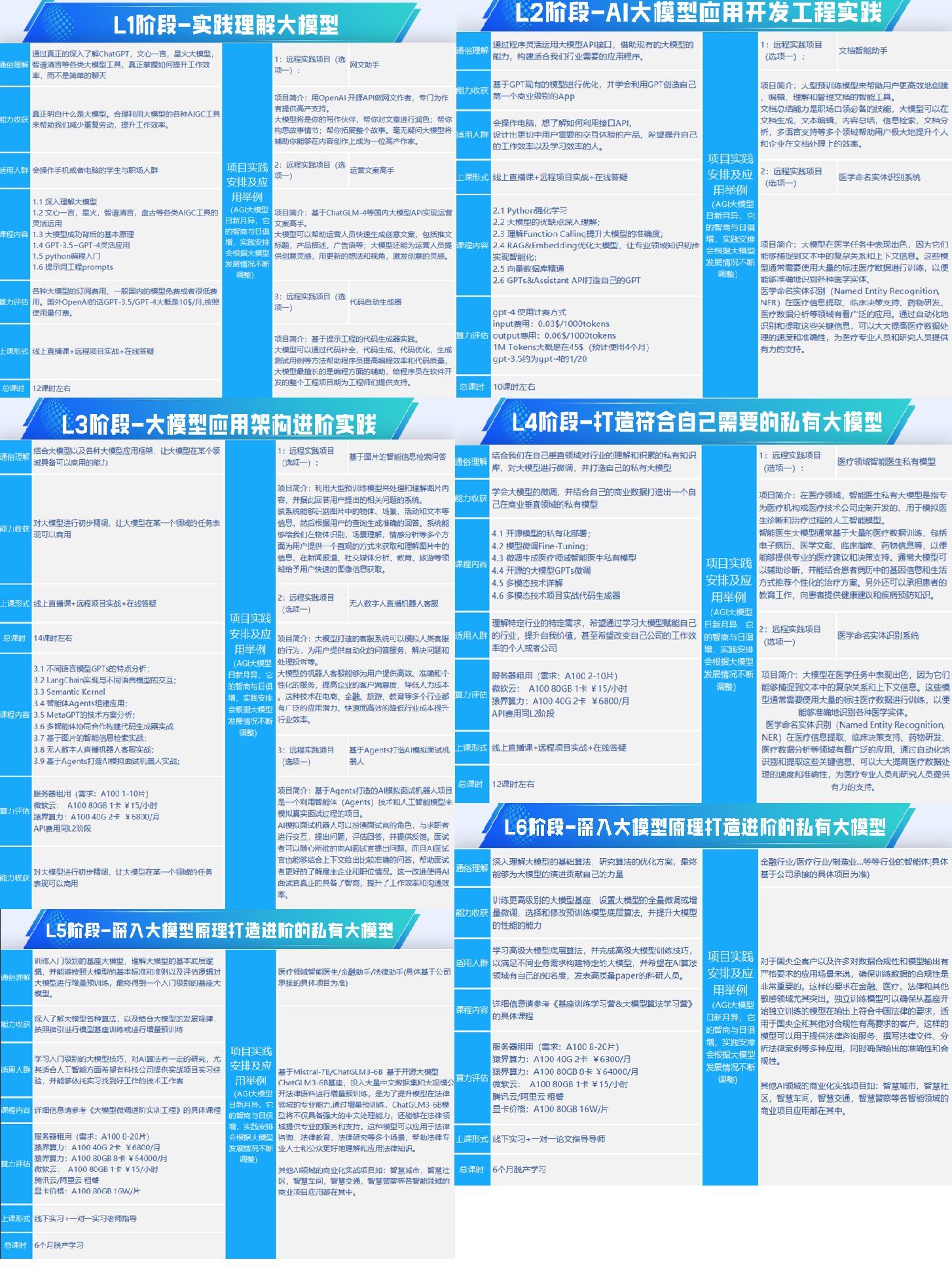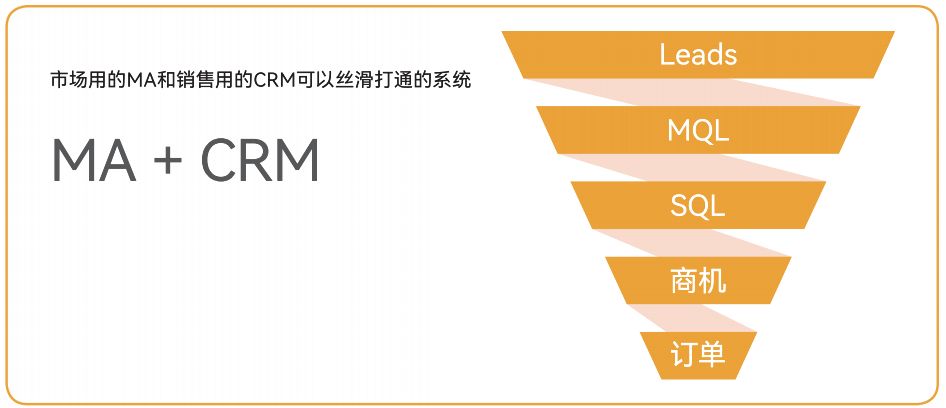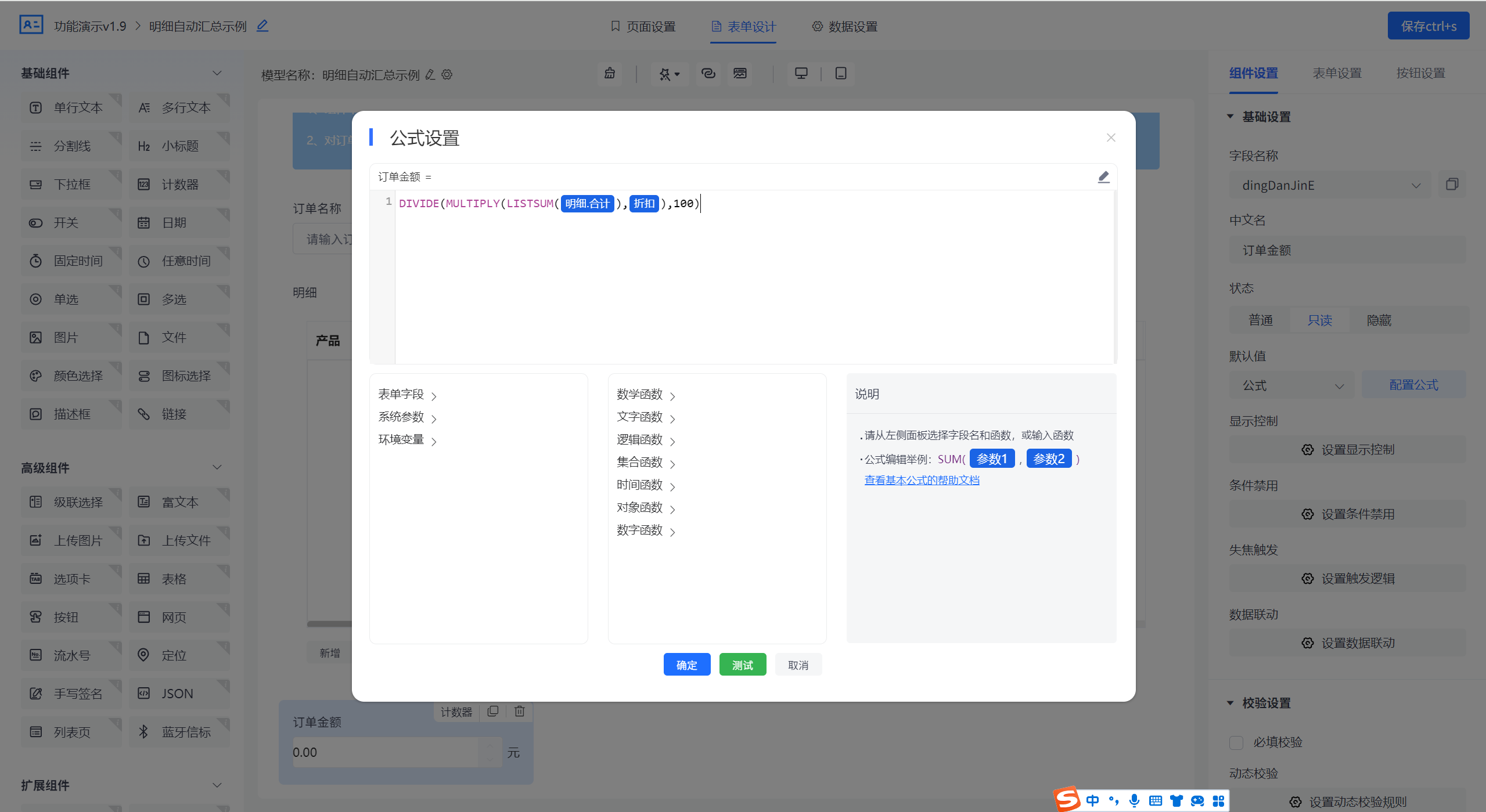GraphRAG通过结合知识图谱,增加RAG的全局检索能力。今天我将讲解如何使用Neo4J可视化GraphRAG索引的结果,以便进一步的处理、分析,以小说提取的实体《仙逆》为例,一图胜千言。本文分为4小节,安装neo4j、导入GraphRAG索引文件、Neo4J可视化分析和总结,所有坑都已经帮你趟过啦,放心食用。

Neo4j 是由 Neo4j Inc. 开发的图数据库管理系统,是图数据库技术领域的领导者——强大的原生图存储、数据科学和分析,具备企业级的安全性。无约束地扩展您的事务和分析工作负载。已下载超过1.6亿次。Neo4j 存储的数据元素包括节点、连接它们的边以及节点和边的属性。

1. 安装Neo4j
Neo4j支持使用云端服务和本地社区开源版本,使用如下Docker命令启动Neo4J实例。
docker run \
-p 7474:7474 -p 7687:7687 \
--name neo4j-apoc \
-e NEO4J_apoc_export_file_enabled=true \
-e NEO4J_apoc_import_file_enabled=true \
-e NEO4J_apoc_import_file_use__neo4j__config=true \
-e NEO4J_PLUGINS=\[\"apoc\"\] \
neo4j:5.21.2
浏览器打开http://localhost:7474,然后输入默认用户名neo4j,默认密码neo4j即可登录,登录之后要求重设密码。
接下来,安装neo4j的依赖包
pip install --quiet pandas neo4j-rust-ext
2. 导入GraphRAG的索引结果
为了更好的支持中文提取,本次采用deepseeker的deep-seek-chat模型(为啥不用qwen2?因为我的免费额度使用完了)。注册之后免费500万Token,索引一次通过,支持128K上下文,最大输出Tokens为4096。所以设置LLM的时候,务必把max_tokens设置为4096,未明确说明TPM和RPM,根据平台符合自动调整。
- 导入依赖库
import pandas as pd
from neo4j import GraphDatabase
import time
- 联结本地Neo4j实例
NEO4J_URI = "neo4j://localhost" # or neo4j+s://xxxx.databases.neo4j.io
NEO4J_USERNAME = "neo4j"
NEO4J_PASSWORD = "password" #你自己的密码
NEO4J_DATABASE = "neo4j"
# Create a Neo4j driver
driver = GraphDatabase.driver(NEO4J_URI, auth=(NEO4J_USERNAME, NEO4J_PASSWORD))
- 配置本次索引目录
GRAPHRAG_FOLDER = "./output/20240716-192226/artifacts"
- 创建Neo4j索引
在Neo4j中,索引仅用于查找图查询的起始点,例如快速查找两个节点以进行连接。约束用于避免重复,主要在实体类型的id上创建。我们使用带有两个下划线的类型作为标记,以区分它们与实际的实体类型。
statements = """
create constraint chunk_id if not exists for (c:__Chunk__) require c.id is unique;
create constraint document_id if not exists for (d:__Document__) require d.id is unique;
create constraint entity_id if not exists for (c:__Community__) require c.community is unique;
create constraint entity_id if not exists for (e:__Entity__) require e.id is unique;
create constraint entity_title if not exists for (e:__Entity__) require e.name is unique;
create constraint entity_title if not exists for (e:__Covariate__) require e.title is unique;
create constraint related_id if not exists for ()-[rel:RELATED]->() require rel.id is unique;
""".split(";")
for statement in statements:
if len((statement or "").strip()) > 0:
print(statement)
driver.execute_query(statement)
- 创建批量导入函数
def batched_import(statement, df, batch_size=1000):
"""
Import a dataframe into Neo4j using a batched approach.
Parameters: statement is the Cypher query to execute, df is the dataframe to import, and batch_size is the number of rows to import in each batch.
"""
total = len(df)
start_s = time.time()
for start in range(0,total, batch_size):
batch = df.iloc[start: min(start+batch_size,total)]
result = driver.execute_query("UNWIND $rows AS value " + statement,
rows=batch.to_dict('records'),
database_=NEO4J_DATABASE)
print(result.summary.counters)
print(f'{total} rows in { time.time() - start_s} s.')
return total
- 导入文档
doc_df = pd.read_parquet(f'{GRAPHRAG_FOLDER}/create_final_documents.parquet', columns=["id", "title"])
doc_df.head(2)
# import documents
statement = """
MERGE (d:__Document__ {id:value.id})
SET d += value {.title}
"""
batched_import(statement, doc_df)
- 导入text units
text_df = pd.read_parquet(f'{GRAPHRAG_FOLDER}/create_final_text_units.parquet',
columns=["id","text","n_tokens","document_ids"])
text_df.head(2)
statement = """
MERGE (c:__Chunk__ {id:value.id})
SET c += value {.text, .n_tokens}
WITH c, value
UNWIND value.document_ids AS document
MATCH (d:__Document__ {id:document})
MERGE (c)-[:PART_OF]->(d)
"""
batched_import(statement, text_df)
- 加载实体
entity_df = pd.read_parquet(f'{GRAPHRAG_FOLDER}/create_final_entities.parquet',
columns=["name", "type", "description", "human_readable_id", "id", "description_embedding",
"text_unit_ids"])
entity_df.head(2)
entity_statement = """
MERGE (e:__Entity__ {id:value.id})
SET e += value {.human_readable_id, .description, name:replace(value.name,'"','')}
WITH e, value
CALL db.create.setNodeVectorProperty(e, "description_embedding", value.description_embedding)
CALL apoc.create.addLabels(e, case when coalesce(value.type,"") = "" then [] else [apoc.text.upperCamelCase(replace(value.type,'"',''))] end) yield node
UNWIND value.text_unit_ids AS text_unit
MATCH (c:__Chunk__ {id:text_unit})
MERGE (c)-[:HAS_ENTITY]->(e)
"""
batched_import(entity_statement, entity_df)
- 导入关系
rel_df = pd.read_parquet(f'{GRAPHRAG_FOLDER}/create_final_relationships.parquet',
columns=["source", "target", "id", "rank", "weight", "human_readable_id", "description",
"text_unit_ids"])
rel_df.head(2)
rel_statement = """
MATCH (source:__Entity__ {name:replace(value.source,'"','')})
MATCH (target:__Entity__ {name:replace(value.target,'"','')})
// not necessary to merge on id as there is only one relationship per pair
MERGE (source)-[rel:RELATED {id: value.id}]->(target)
SET rel += value {.rank, .weight, .human_readable_id, .description, .text_unit_ids}
RETURN count(*) as createdRels
"""
batched_import(rel_statement, rel_df)
- 导入社区
community_df = pd.read_parquet(f'{GRAPHRAG_FOLDER}/create_final_communities.parquet',
columns=["id", "level", "title", "text_unit_ids", "relationship_ids"])
community_df.head(2)
statement = """
MERGE (c:__Community__ {community:value.id})
SET c += value {.level, .title}
/*
UNWIND value.text_unit_ids as text_unit_id
MATCH (t:__Chunk__ {id:text_unit_id})
MERGE (c)-[:HAS_CHUNK]->(t)
WITH distinct c, value
*/
WITH *
UNWIND value.relationship_ids as rel_id
MATCH (start:__Entity__)-[:RELATED {id:rel_id}]->(end:__Entity__)
MERGE (start)-[:IN_COMMUNITY]->(c)
MERGE (end)-[:IN_COMMUNITY]->(c)
RETURn count(distinct c) as createdCommunities
"""
batched_import(statement, community_df)
- 导入社区报告
community_report_df = pd.read_parquet(f'{GRAPHRAG_FOLDER}/create_final_community_reports.parquet',
columns=["id", "community", "level", "title", "summary", "findings", "rank",
"rank_explanation", "full_content"])
community_report_df.head(2)
# import communities
community_statement = """MATCH (c:__Community__ {community: value.community})
SET c += value {.level, .title, .rank, .rank_explanation, .full_content, .summary}
WITH c, value
UNWIND range(0, size(value.findings)-1) AS finding_idx
WITH c, value, finding_idx, value.findings[finding_idx] as finding
MERGE (c)-[:HAS_FINDING]->(f:Finding {id: finding_idx})
SET f += finding"""
batched_import(community_statement, community_report_df)
以上我们导入了文档、TextUnits、实体、关系、社区和社区报告后,打开浏览器后就可可视化分析这些实体关系和社区之间的信息了。Here we go~
3. 可视化分析
打开浏览器输入地址http://localhost:7474/browser/。
- 实体
每个实体可点开,查看进一步的关联关系,王林和铁柱的关系也是一目了然。
- 社区
社区有很多,基本上是对某一个特定事件进行整合,比如测试事件都关联了哪些人、那些测试。
- 地点
点开洞穴可以进一步查看该洞穴关联的实体和人物、文本单元。
4. 总结
本文通过使用Neo4J可视化分析GraphRAG索引结果,让我们能够更为直观的了解整个GraphRAG索引结果,需要完整脚本的同学发送消息neo4j即可领取。

如何学习AI大模型?
我在一线互联网企业工作十余年里,指导过不少同行后辈。帮助很多人得到了学习和成长。
我意识到有很多经验和知识值得分享给大家,也可以通过我们的能力和经验解答大家在人工智能学习中的很多困惑,所以在工作繁忙的情况下还是坚持各种整理和分享。但苦于知识传播途径有限,很多互联网行业朋友无法获得正确的资料得到学习提升,故此将并将重要的AI大模型资料包括AI大模型入门学习思维导图、精品AI大模型学习书籍手册、视频教程、实战学习等录播视频免费分享出来。

第一阶段: 从大模型系统设计入手,讲解大模型的主要方法;
第二阶段: 在通过大模型提示词工程从Prompts角度入手更好发挥模型的作用;
第三阶段: 大模型平台应用开发借助阿里云PAI平台构建电商领域虚拟试衣系统;
第四阶段: 大模型知识库应用开发以LangChain框架为例,构建物流行业咨询智能问答系统;
第五阶段: 大模型微调开发借助以大健康、新零售、新媒体领域构建适合当前领域大模型;
第六阶段: 以SD多模态大模型为主,搭建了文生图小程序案例;
第七阶段: 以大模型平台应用与开发为主,通过星火大模型,文心大模型等成熟大模型构建大模型行业应用。

👉学会后的收获:👈
• 基于大模型全栈工程实现(前端、后端、产品经理、设计、数据分析等),通过这门课可获得不同能力;
• 能够利用大模型解决相关实际项目需求: 大数据时代,越来越多的企业和机构需要处理海量数据,利用大模型技术可以更好地处理这些数据,提高数据分析和决策的准确性。因此,掌握大模型应用开发技能,可以让程序员更好地应对实际项目需求;
• 基于大模型和企业数据AI应用开发,实现大模型理论、掌握GPU算力、硬件、LangChain开发框架和项目实战技能, 学会Fine-tuning垂直训练大模型(数据准备、数据蒸馏、大模型部署)一站式掌握;
• 能够完成时下热门大模型垂直领域模型训练能力,提高程序员的编码能力: 大模型应用开发需要掌握机器学习算法、深度学习框架等技术,这些技术的掌握可以提高程序员的编码能力和分析能力,让程序员更加熟练地编写高质量的代码。

1.AI大模型学习路线图
2.100套AI大模型商业化落地方案
3.100集大模型视频教程
4.200本大模型PDF书籍
5.LLM面试题合集
6.AI产品经理资源合集
👉获取方式:
😝有需要的小伙伴,可以保存图片到wx扫描二v码免费领取【保证100%免费】🆓




















